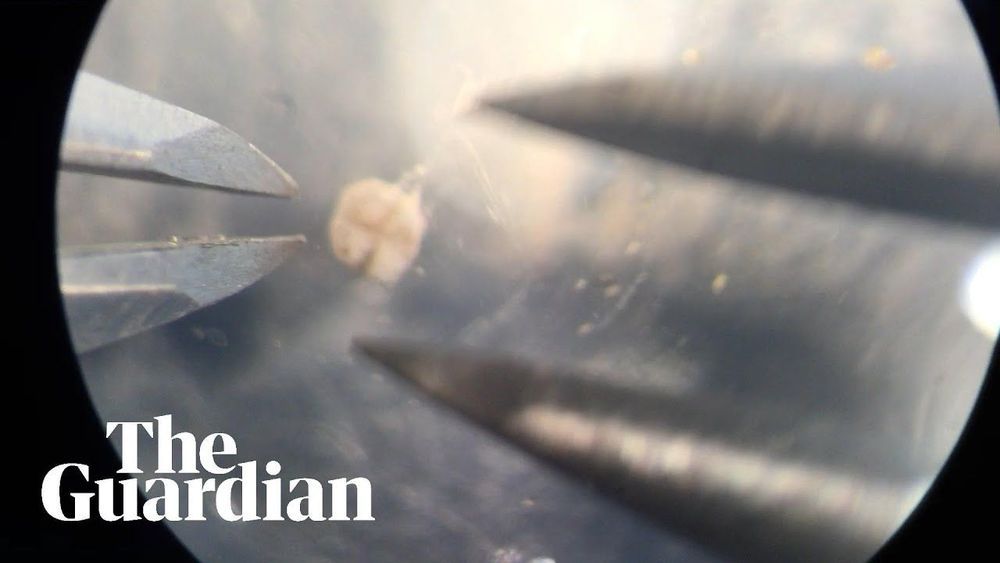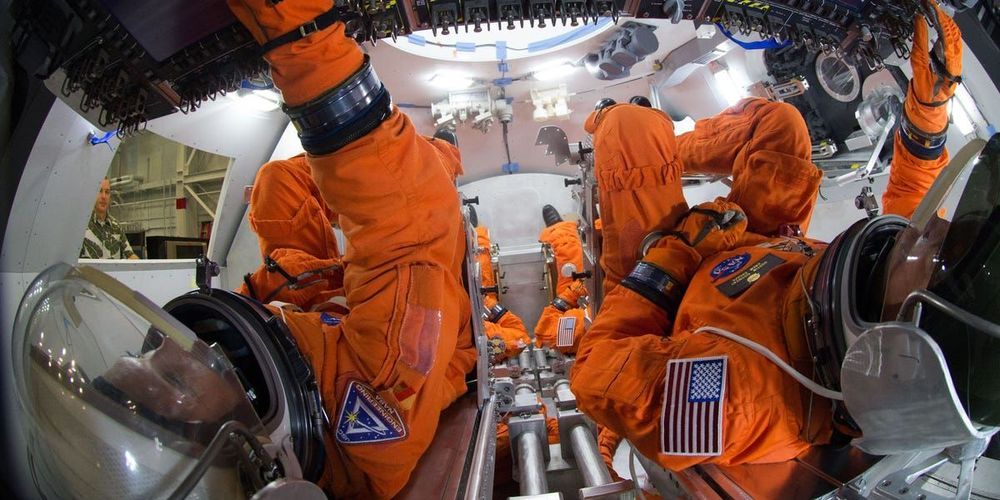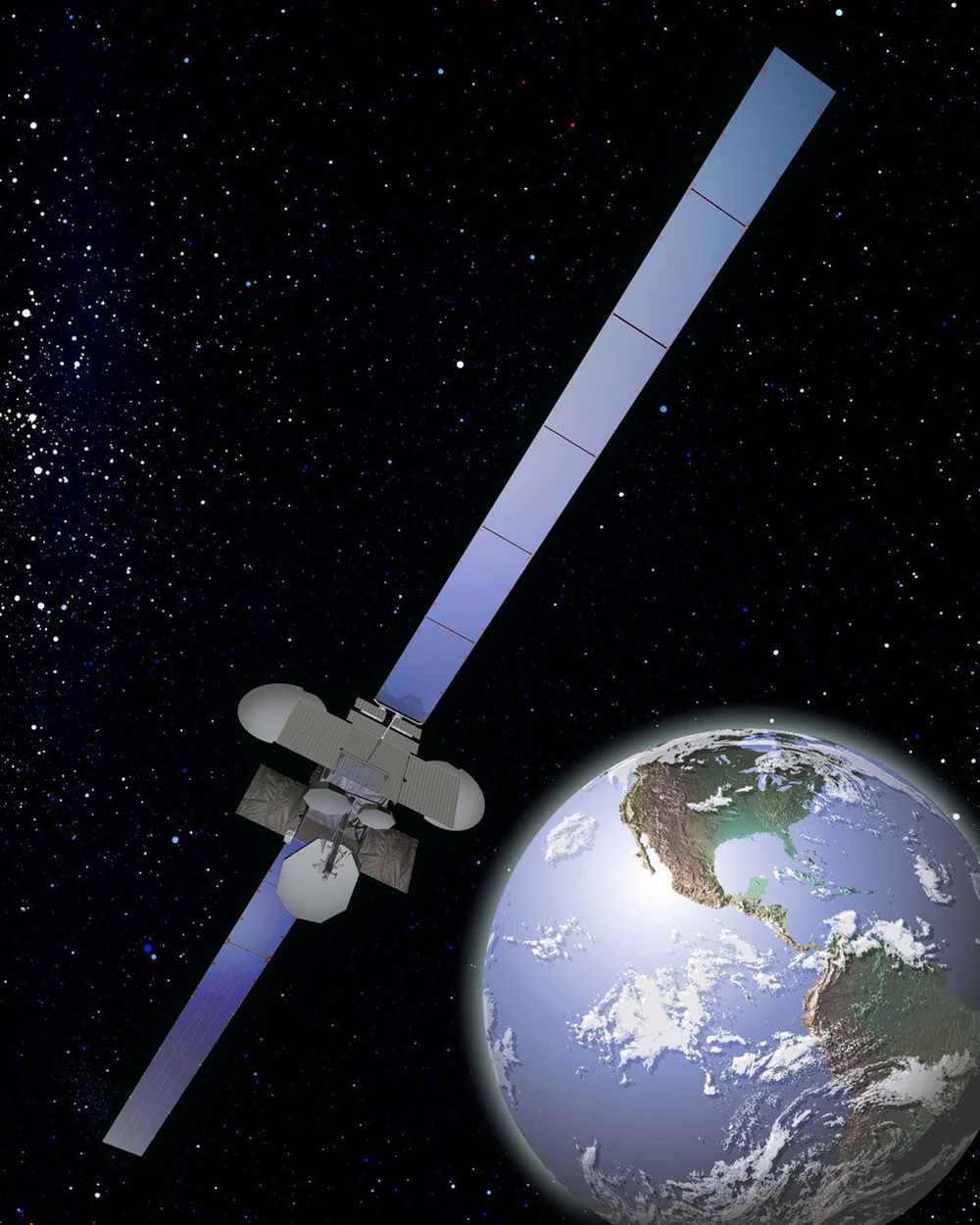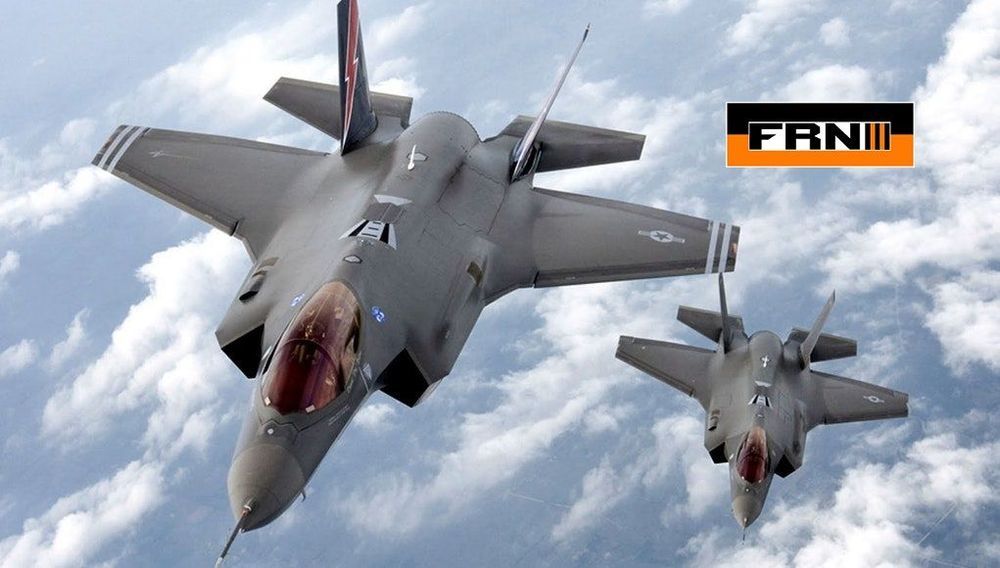Jan 28, 2020
The Air Force is using Uber-like technology to more efficiently vaporize bad guys
Posted by Quinn Sena in category: robotics/AI
The Air Force’s top general says one of the designers of the ride-sharing app Uber is helping the branch build a new data-sharing network that the Air Force hopes will help service branches work together to detect and destroy targets.
The network, which the Air Force is calling the advanced battle management system (ABMS), would function a bit like the artificial intelligence construct Cortana from Halo, who identifies enemy ships and the nearest assets to destroy them at machine speed, so all the fleshy humans need to do is give a nod of approval before resuming their pipe-smoking.


 We are delighted to announce that
We are delighted to announce that 















